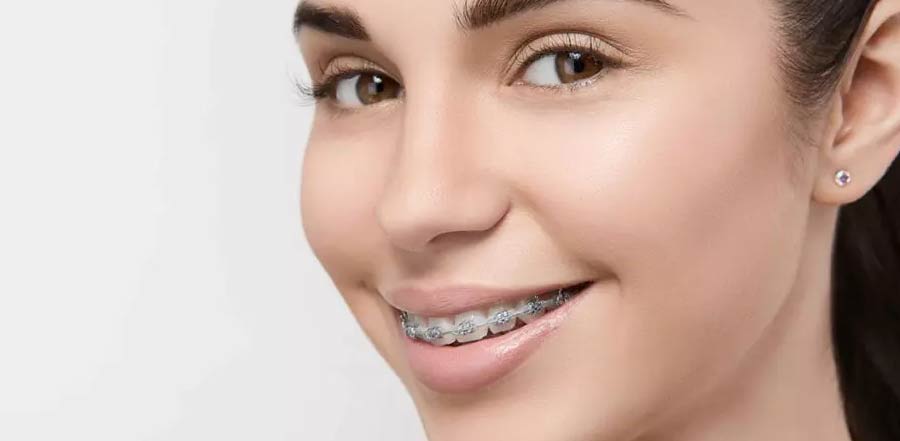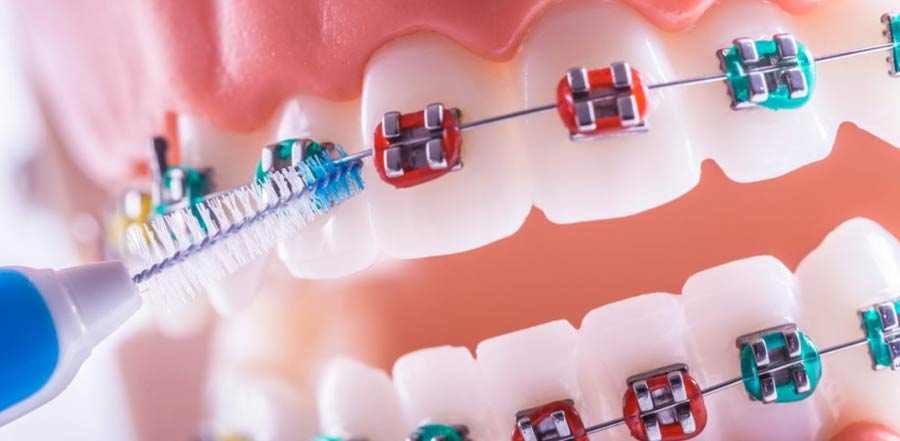Top Rate Orthodontist in or near Palmetto Bay
If you’re looking for an orthodontist in the Palmetto Bay area you have a variety of options. With that said why do so many mom’s travel to see Dr. Carmen Crespi in Miami Lakes? In this day and age it seems that everybody is offering orthodontic services. The reality is that they are several of general dentists advertising orthodontic services even when they are not qualified to provide this type of service. It does not stop there you can now even order Invisalign want to be online from SmilesDirect! Nevertheless, people who know better still prefer the service only a certified orthodontist can deliver. If you’re looking Invisalign we ask you to call us for a free no obligation consultation where we will show you what is the difference between braces from Home Depot versus that of Top Rate Orthodontist Palmetto Bay, Fl .
Although the ADA says that general dentists are qualified to prescribe braces the huge gap in education and qualification tells us otherwise. Orthodontic Braces are installed over your teeth to correct its alignment. If not done the right way, you could go through many health concerns arising from the idea that you can’t grind or process your food properly.
When getting braces, it’s best that you consult with an orthodontist instead of a regular dentist. Orthodontists have vast knowledge with regards to the correct alignment of teeth. A general dentist’s expertise, on the other hand, isn’t within that area.
When it comes to education, an orthodontist possesses 2 to 3 added years’ worth of specialization compared to a regular dentist. This indicates that they’re able to do more than regular dentists can do, and it covers installing retainers, braces, Invisalign, and other corrective appliances around your teeth.
Consult with an orthodontist if you do not want to experience the painful effects such as overbite and constant migraines. These are the common concerns of patients who chose to consult with a regular dentist instead of an orthodontist for braces. Keep yourself from all these concerns and talk only with the experts who are especially trained for the job.
Remember that problems with your dentures influence your overall health. If your teeth are bothering you then the rest of the body will not able to perform at its best.
Orthodontist in Palmetto Bay, FL
Lakes Orthodontics is your local board-certified orthodontist serving the Palmetto Bay area. Once you have decided that consulting with an orthodontist is better than consulting with a general dentist, then the next step is to look for the orthodontist who is right for you. There are two kinds of orthodontists: general orthodontists and board-certified orthodontists. If you must choose between the two, always go for the board certified experts.
Apart from the education and specialization that regular orthodontists go through, the board certified experts offer improved and comprehensive patient care. This is because they are asked to renew their certification every ten years so as to keep their certification.
To be a board-certified orthodontist, one must sign up the American Board of Orthodontics. They have to comply with the accreditation guidelines of the group and abide by their every rule to keep their membership status. Renewal of certification is also necessary, which could also mean they need to undergo continual training.
There are several advantages to talking to a board-certified orthodontist and they have a lot to do with your assurance of getting premium dental care. Board certified orthodontists can provide you with adequate dental care, as well as fix the alignment of your dentures to assure you that perfect smile. These experts will ensure that you’ll get your confidence back.
Blog Post Related to Orthodontics Specialist in Palmetto Bay, FL
Mail Order Braces! For Real?
Whether you call it lazy or convenient, Americans have been in love with mail-ordering stuff for a long time. It all started back in 1893, with [...]
Looking For Braces In South Florida?
Well, you are lucky because Miami Lakes is the hometown of South Florida’s premier orthodontic specialist, Dr. Carmen Briceño Crespi. Her practice, Lakes Orthodontics, is dedicated [...]
Does Insurance Cover Invisalign?
More and more people are abandoning traditional braces for the more comfortable and less noticeable option—Invisalign. Still, there are some who are scared to get Invisalign [...]





